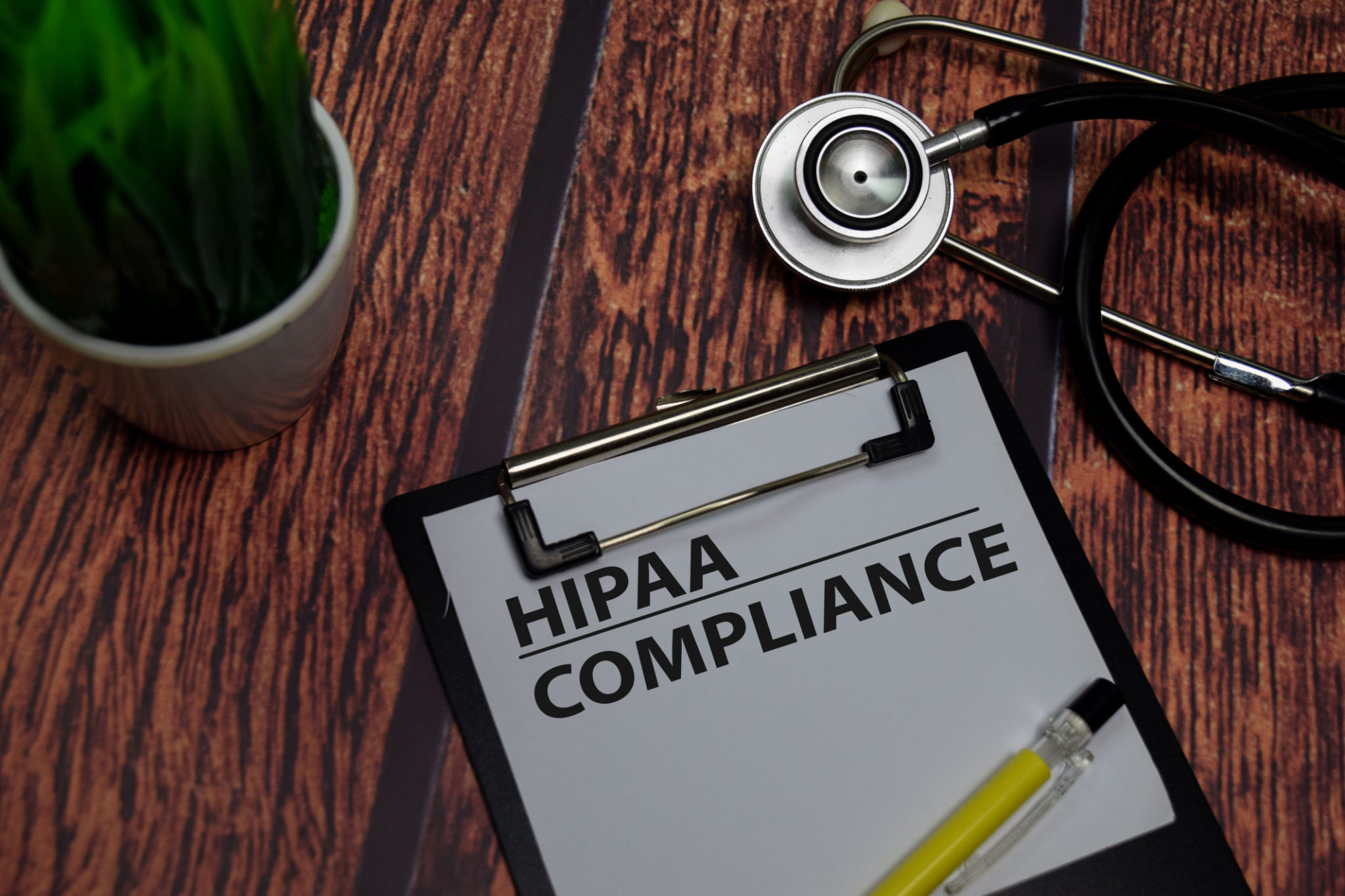HIPAA Updates 2025: Protecting Patient Data in a Digital World
EJ
The Evolution of HIPAA: Addressing Emerging Cybersecurity Threats
The Health Insurance Portability and Accountability Act (HIPAA), enacted in 1996, was a landmark piece of legislation aimed at improving the portability and privacy of health insurance coverage. Initially, its primary purpose was to ensure continuity of health insurance coverage for individuals transitioning between jobs. However, over the years, HIPAA’s scope expanded significantly to address the growing reliance on electronic systems and the need to protect sensitive patient data.
Fast-forward to today, the healthcare industry faces unprecedented challenges from cybersecurity threats, prompting a need to modernize HIPAA’s provisions to better safeguard electronic protected health information (ePHI). Recent proposed changes by the U.S. Department of Health and Human Services (HHS) Office for Civil Rights (OCR) aim to address these challenges head-on.
A History of HIPAA’s Evolution
Initially, HIPAA focused on administrative simplifications, such as standardizing electronic healthcare transactions and implementing basic privacy protections. In 2003, the Privacy Rule came into effect, establishing national standards to protect individuals’ medical records and personal health information. This was followed by the Security Rule in 2005, which introduced specific administrative, physical, and technical safeguards for ePHI.
However, as cyber threats evolved, the need for stronger protections became evident. The 2009 Health Information Technology for Economic and Clinical Health (HITECH) Act reinforced HIPAA by introducing breach notification requirements and expanding the scope of enforcement. These updates were crucial in addressing the growing use of electronic health records (EHRs) and the associated risks.

The Cybersecurity Landscape in Healthcare
The healthcare sector is a prime target for cyberattacks due to the sensitive nature of the data it holds. Ransomware attacks, in particular, have surged in recent years, with a staggering 67% of healthcare organizations reporting ransomware incidents in 2024, up from 34% in 2021. The financial and operational impacts of these attacks are severe, often leading to prolonged system outages and significant ransom payments. The median ransom payment for healthcare organizations reached $1.5 million in 2024, showcasing the high stakes involved.
These attacks not only compromise patient data but can also jeopardize patient safety by disrupting critical systems. For example, ransomware can render diagnostic equipment and medical records inaccessible, delaying treatment and potentially endangering lives. The World Health Organization (WHO) has described ransomware attacks on hospitals as “issues of life and death,” underscoring the urgent need for robust cybersecurity measures.
Proposed Updates to HIPAA Security Rule
To combat these escalating threats, the OCR has proposed significant updates to the HIPAA Security Rule. These changes aim to bolster the healthcare sector’s cybersecurity posture by implementing stricter requirements for protecting ePHI. Key provisions include:

72-Hour Data Restoration
Organizations must establish procedures to restore critical electronic information systems within 72 hours of a loss. This necessitates rigorous disaster recovery planning and regular testing to ensure readiness.
Annual Compliance Audits
Entities must perform comprehensive audits at least once a year to verify compliance with security requirements and identify potential vulnerabilities.
Enhanced Technical Safeguards
Encryption of ePHI both at rest and in transit.
Mandatory multi-factor authentication to prevent unauthorized access.
Regular vulnerability scanning every six months and annual penetration testing.
Network segmentation to limit the spread of breaches.
Comprehensive Asset Inventory
Organizations must maintain an up-to-date inventory of technology assets and network maps that track ePHI flow, reviewed annually or when significant changes occur. This ensures that no critical system or device is overlooked, reducing the risk of vulnerabilities stemming from outdated or unmonitored assets. Proper documentation also enables quicker incident response and better alignment with compliance audits.
Anti-Malware Protection
Implementation of robust anti-malware solutions and the removal of unnecessary software from systems to reduce attack surfaces. Regular updates and real-time threat detection capabilities are crucial to defending against evolving malware tactics, ensuring continuous protection of critical systems and patient data
Challenges and Implications for Healthcare Providers
While these updates represent a critical step forward, they also pose significant challenges, particularly for smaller and rural healthcare organizations. Creating and maintaining detailed asset inventories, implementing advanced technical safeguards, and meeting the 72-hour restoration mandate require substantial resources. Smaller entities may need to engage external consultants or invest heavily in IT infrastructure, driving up costs.
Furthermore, the rapid pace of technological advancements and the evolving tactics of cybercriminals mean that regulatory requirements risk becoming outdated soon after implementation. Healthcare providers must proactively adapt to new threats and invest in continuous education and technological upgrades to stay ahead.

Looking Ahead
The proposed updates to HIPAA reflect a recognition of the urgent need to address cybersecurity threats in healthcare. By mandating stronger protections and more frequent audits, the OCR aims to create a more resilient healthcare system. However, successful implementation will require collaboration across the industry, adequate funding, and a commitment to continuous improvement.
As cyberattacks grow more sophisticated, the healthcare sector must prioritize cybersecurity as a core component of patient care. The stakes are higher than ever, but with the right measures, healthcare organizations can safeguard both patient data and lives in the digital age.
If your organization lacks in-house cybersecurity expertise, consider partnering with external professionals or firms specializing in healthcare cybersecurity, like Tech Horizon Consulting. With tools specifically designed to check and ensure compliance with HIPAA regulations, as well as expertise in developing robust security strategies, Tech Horizon Consulting can provide invaluable support tailored to your organization’s needs.
By leveraging Tech Horizon Consulting’s knowledge and tools, you can ensure your organization is well-prepared to face evolving cyber threats, maintain HIPAA compliance, and focus on delivering exceptional patient care with confidence
Resources :
https://thehackernews.com/
Healthcare CIOs Prepare For HIPAA Update
